Electric Car Charging Guide (Australia)
If you are considering purchase an electric car you may have many charging related questions.
For many new EV owners understanding the different types of chargers, connectors and speeds can be a little confusing so we have put together this easy to understand guide to explain the available options and allow you to select the best charging solution for your needs.
The charging specifications in this guide refer to Australian spec chargers and power systems.
Charging Types (speeds)
There are 3 main charge types currently in use today, each type has different charging speed.
Level 1 – Slow Charging
Level 2 – Fast Charging
Level 3 – Rapid Charging
Let’s take a look at each one in more detail.
| Current | Speed | Power Output | Location | Average total cost | |
|---|---|---|---|---|---|
| Level 1 | AC | Slow – 10km/h | 2kw – 2.3kw | Any mains outlet | $500 |
| Level 2 | AC | Fast – 40km/h | 7.2kw – 22kw | Home or public | $2000 |
| Level 3 | DC | Rapid – 250km/h+ | 50kw – 350kw | Public only | $50,000 |
Level 1 – AC Slow Charging
A level-1 charger may also be referred to as an ’emergency’ or ‘onboard’ charger and is provided with every vehicle from the factory.
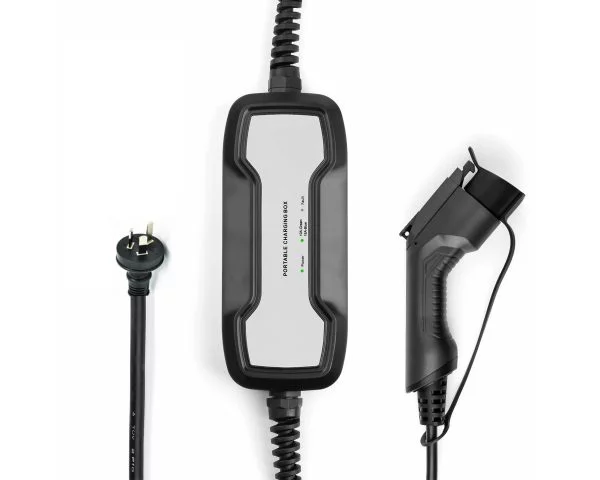
When to use a Level 1 charger
A Level 1 charger is best used as a last-resort charging method when no Level 2 charging options are available. Some examples of this may be when you are visiting someone who does not live near a Level 2 or Level 3 charger or during an emergency situation where you may not have enough charge to get to the next Level 2 or Level 3 charger.
Level 1 Charging Speed
The speed of a Level 1 charger is the slowest of all charging methods and with an average delivery of 2kw per hour, you can expect an average electric car to take around 24 hours to charge from flat or provide around 10km of range per charging hour.
Level 1 Charger Location
These chargers are generally onboard with the vehicle and are located in the boot. They are small in size and can easily be moved around. They do not permanently mount to anything.
Installation of a Level 1 Charger
Level 1 chargers plug into a regular 230v wall outlet and do not require any specialised installation. They are much like a regular battery charger.
Cost of a Level 1 Charger
Level 1 chargers are included with the vehicle, however, to purchase a second or replacement charger usually costs between $300-$600.
Level 2 – AC Fast Charging
A level 2 charger is an installed dedicated charger that uses a specific connector to plug into the vehicle. They charge much faster than a Level 1 charger and are essential for regular convenient recharging of your electric car.
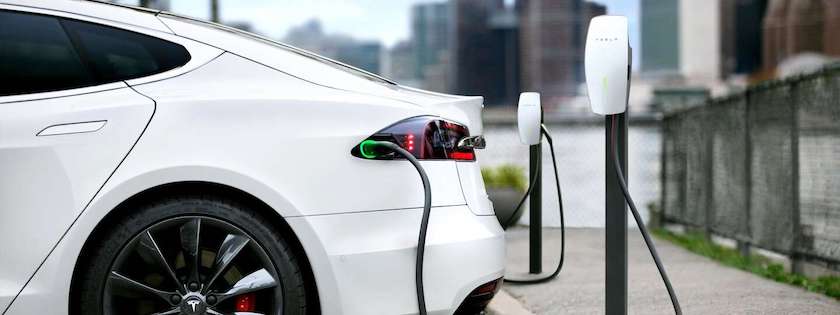
When to use a Level 2 charger
Level 2 chargers are best used as the main or common charging method for an electric car. They provide a perfect blend of convenience and speed to ensure that charging is as quick and easy as possible.
Level 2 Charging Speed
Level 2 chargers can output a maximum of 7.2kw on a single-phase connection. Some Level-2 chargers also have the ability to utilise 3-phase power and can deliver either 11kw or 22kw. The maximum speed will depend on the vehicles ability to accept the charge speed. As an example, the Tesla Model 3 can accept up to 11kw of charge speed.
An average electric car can be charged from 0-100% in around 7 hours with a Level-2 charger or provide around 40km of range per charging hour.
Level 2 Charger Location
Level 2 chargers are a fixed position charger and should be installed close to where you will park your electric car such as a garage, carport or parking space.
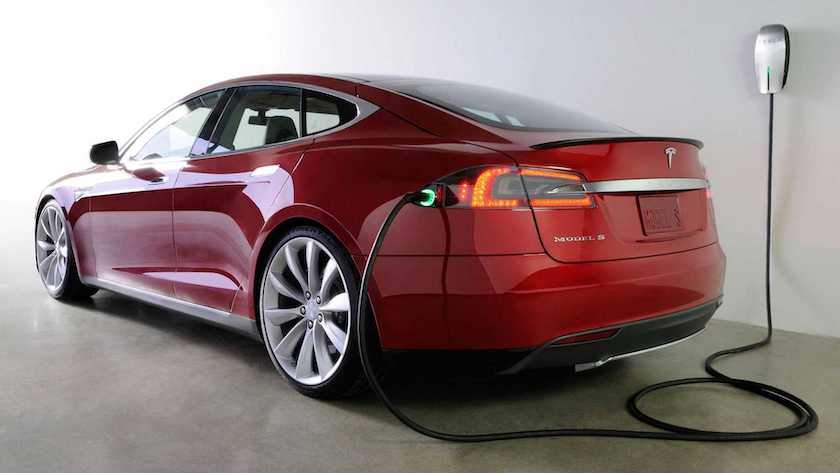
You may also find many Level-2 chargers around Australia installed at convenient locations. These are referred to as ‘convenience chargers’ and are managed by either the local councils or private establishments that seek to cater for electric vehicle owners.
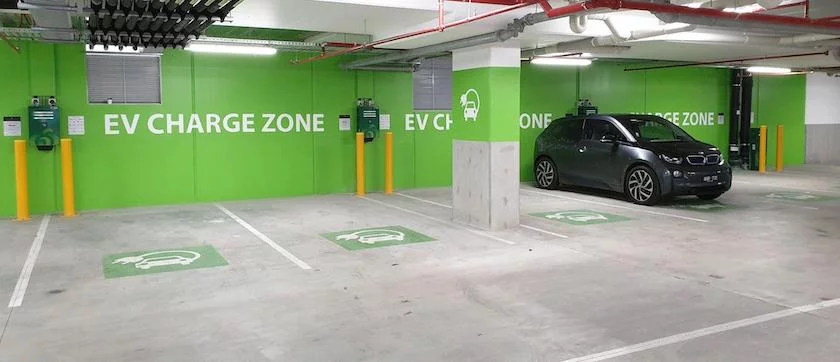
Locating a Level 2 charger can be done via the vehicles navigation interface or by using one of the free smartphone apps such as PlugShare or ChargePoint.
You can go here to see an interactive map of all the public charge locations in Australia.
installation of a Level 2 Charger
Level 2 chargers require an electrician to install as they will need a separate circuit to be wired to the meter-box. This is due to the high powered nature of this type of charger.
Cost of a Level 2 Charger
There are various level 2 chargers available and the cost will depend on the degree of sophistication that the unit has. A basic Level-2 charger will cost around $1,200 and a more sophisticated unit will run around $2500.
Installation will cost around $500-$1000 depending on the complexity of the install.
Level 3 – DC Rapid Charging
A level 3 charger may also be referred to as a “destination charger”, “High-Speed Chrager” or “Rapid-Charger” and are the highest speed chargers currently available for electric cars. They utilise direct current (DC) for their charging architecture and are very sophisticated in design, because of this, Level-3 chargers are generally only available as public infrastructure.
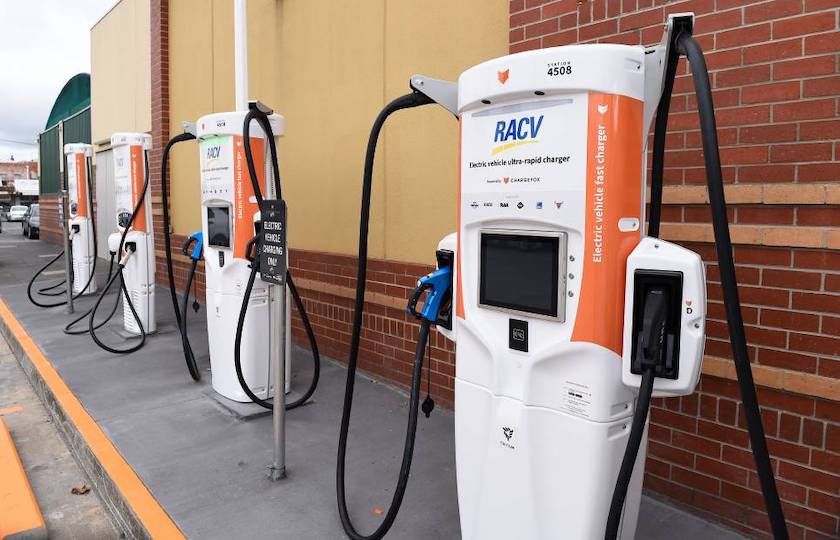
When to use a Level 3 charger
Level 3 chargers are best used when you do not have access to a Level-2 charger or need to charge in a short amount of time. This is why you will see many Level-3 chargers on popular long-distance routes as it will allow an electric car driver to travel from interstate without the need for overnight charging. It is advised not to use Level-3 chargers as the only charging method, as regular fast-charging may shorten the life of your battery.
Level 3 Charging Speed
Level-3 chargers can provide anywhere from 20kw-350kw of charge power, however, the main limitation will be the vehicles ability to accept the charge speed.
A Level-3 charger can charge an average electric car from 0-100% in less than 1 hour. Tesla’s Superchargers are renowned for their charging speeds of up to 850km/h. With speeds like this, a 5-minute visit to a Supercharger can provide up to 70km of driving range.
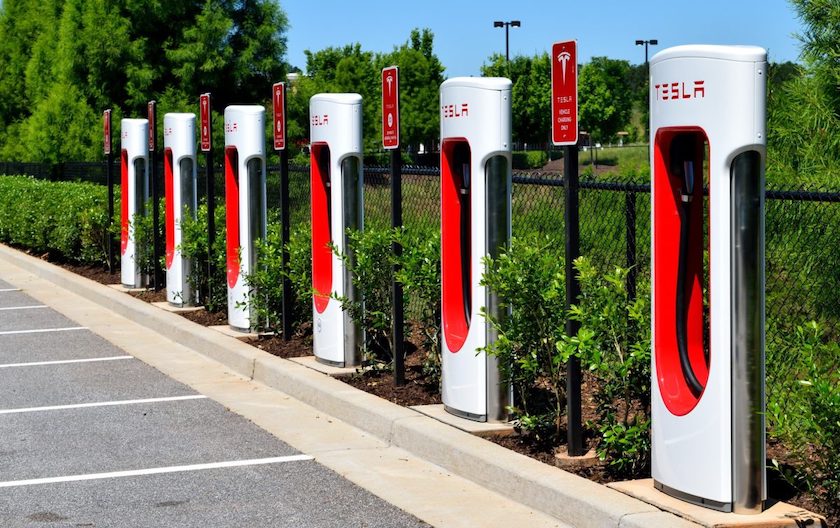
Location of Level 3 Chargers
Level-3 chargers are generally located in public high-traffic locations. Most new electric cars have an inbuilt feature that will allow you to navigate to the nearest public charging station.
The map below shows the location of every public charge station in Australia along with its speed type and connector type.
installation of Level 3 Chargers
Level-3 chargers are a commercial product and require a specialised technician to install them as the level of sophistication and technical complexity is high, particularly when it comes to getting power to the unit from the grid. Some companies specialise in selling, installing and servicing Level-3 chargers.
How much does a level 3 charger cost
As Level-3 chargers are a commercial product, they are not intended to be sold to consumers for home use. The average price for an independent Level-3 charger is around $25,000 + installation.
Charge Connector Plug Types
The charging connector or charging plug is the part of the charger that physically connects or plugs into the vehicles charge socket.
There are 2 categories of plug types in EV charging,
AC Connectors – Level 1&2 chargers
DC Connectors – Level 3 chargers
AC Plug Types (Level 2 chargers)
Type 1
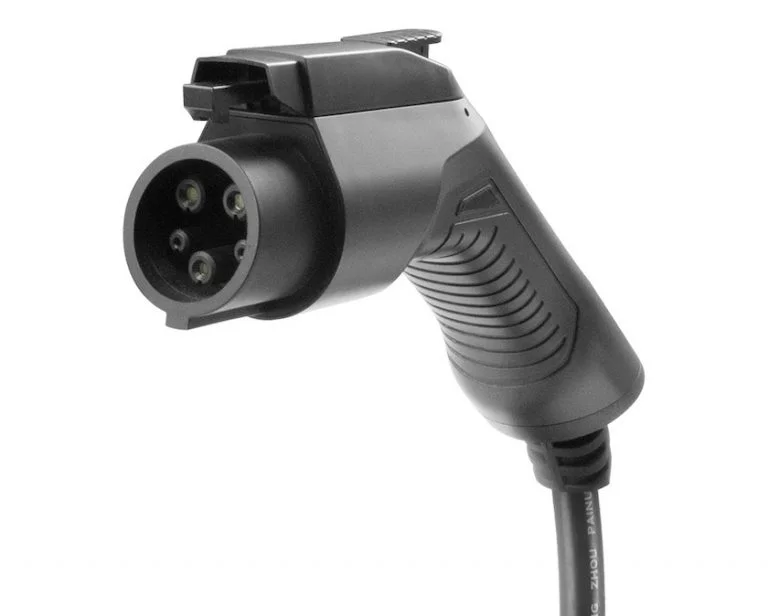
These are the earlier connectors and are not seen much any more. They are also known as J1772 or SAE J1772 and are found on vehicles such as the first-generation Nissan Leaf, Holden Volt and many other early hybrid vehicles.
Type 2
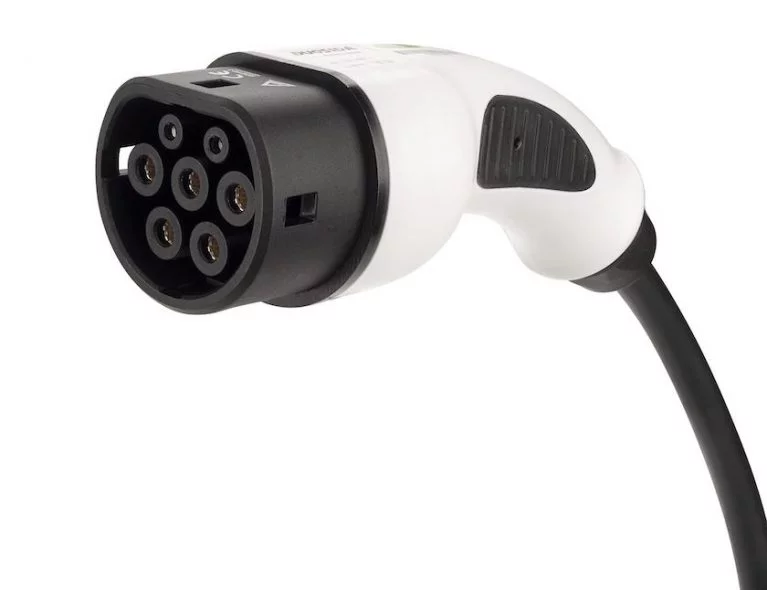
This is the connector that is used by all modern electric vehicle manufacturers and is considered the new standard. It is also known as a the IEC 62196 or the Mennekes connector.
It is distinguishable by its unique 7 pin design which allows for 3-phase charging, unlike the type-1 connector.
DC Plug Types (Level 3 chargers)
CCS
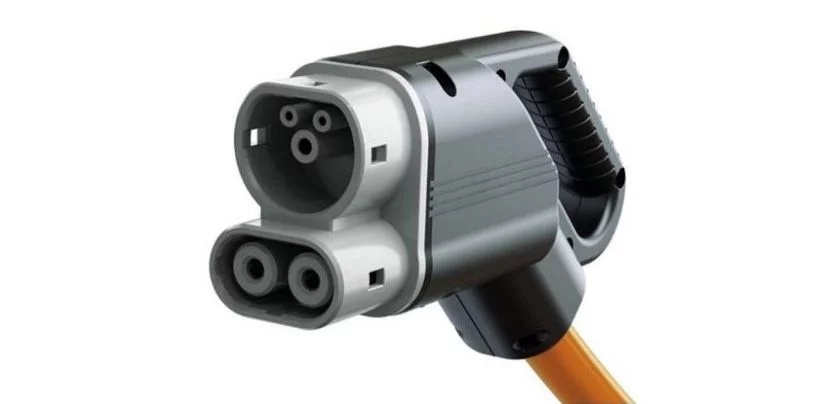
CSS or ‘Combined Charging System’ is quickly becoming the new standard in DC rapid charging. All new electric cars available in Australia use the CCS standard. It may also be referred to as the ‘CCS combo 2’ connector as it utilised the type 2 connector in conjunction with 2 extra pins underneath to allow for DC rapid charging.
CHAdeMO
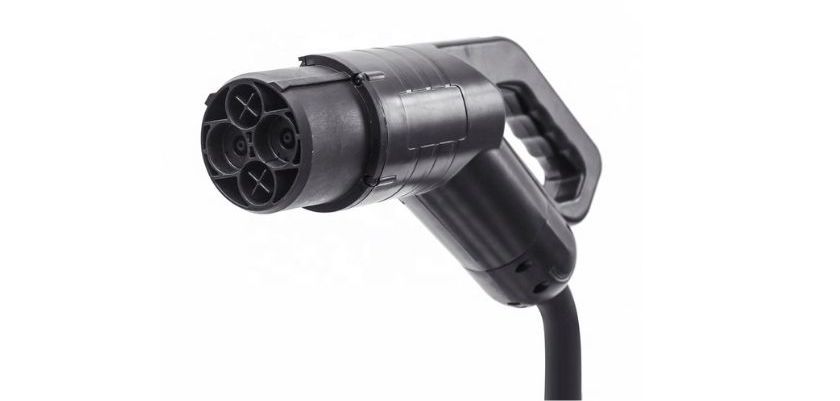
CHAdeMO is one of the earliest rapid charging standards. It can deliver around 150kw of power. Recently CHAdeMO announced a 3.0 standard that can charge at a whopping 500kw. Many early EVs, particularly from japan utilised this standard, however, over the years CCS has gained in popularity and many automakers have moved to CCS as the new standard in rapid charging.
Some vehicles in Australia which utilised this connector were the Mitsubishi i-Miev and the Nissan Leaf (first gen).
Home Charging
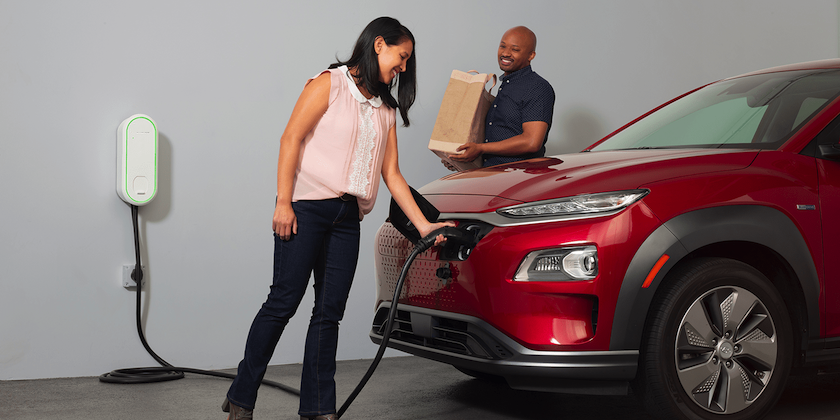
Upon purchasing an electric car it is highly advised to purchase and install a Level-2 charger at home. This will provide the best balance of charging speed, battery longevity and convenience.
The initial investment for a level 2 charger is around $2000 to supply and fit the charger. As charging connectors and systems are now standardised, it will be highly likely that you will be able to use the charger with any upcoming electric cars you may purchase in the future.
Some vehicles may come bundled with a level 2 charger so it is always best to check with the vehicle manufacturer prior to purchasing a 3rd party charger as this could save you around $1200 if one is included with the vehicle.
Conclusion
We hope that we have helped untangle some of the confusing terms and options when it comes to charging your new electric car. Level 2 charging is the most common charging type that many electric car owners will use as they can easily be installed in a regular garage. Level 1 charging should be reserved for emergency use only while level 3 provides speed and destination convinience.
Although there are 4 different connector types, the most common 2 in use today are the Type 2 connector for AC charging and the CCS connector for DC rapid charging. It is great to finally see a standard that electric car manufacturers are conforming with, this will make investing in a quality home EV charger more cost effective in the long run as it can be used with most of the upcoming models.

